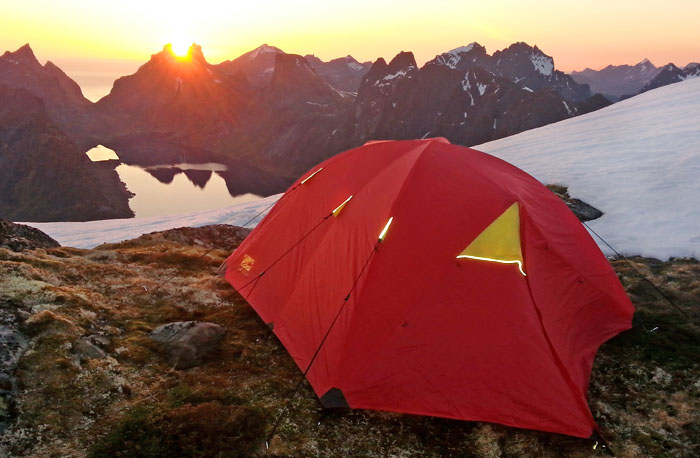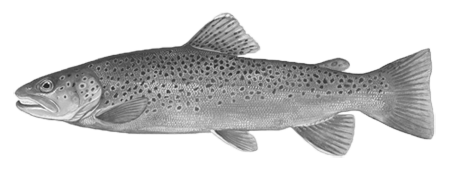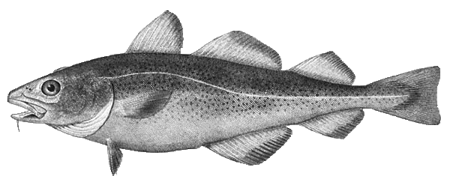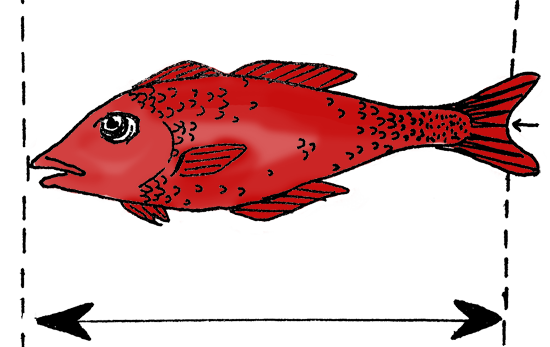Access, camping and picking plants in the countryside
Allemannsretten
This law defines the rights of each individual over the property (land) of others. Most of these rights, which have been acquired over time, are laid down in the 1957 “Friluftsloven” Act of Parliament which governs outdoor pursuits in Norway..
Most of this Act focuses on the right to access other people’s property, which is divided into “innmark” and “utmark”.
Innmark (grazing or farmland) is the zone in which owners may reasonably demand peace and quiet. For example, the plot of land on which their house or chalet is built, or land they farm comes under the definition of innmark. In this zone “Allemannsretten” has limited application. For example, it is permitted to access innmark in winter (from 14/10 to 30/04 when the ground is frozen) except for enclosed plots of land and within the immediate vicinity of houses. During the summer season you must stay on the marked tracks or paths open to general access in order to hike in innmark. Camping and bivouacking in an innmark zone require the
owner’s consent.
In utmark, which the law defines as “unfarmed land not considered innmark” free access of people whether on foot, skis, horseback or bike, is authorised provided you take due care over the natural environment and the place you are crossing. It is prohibited to cut down trees and shrubs, to disturb the animals and birds, all animal life is protected. Dog owners are fully responsible for their dogs and any damage they may cause. Dogs may only be let off the leash provided their owners can see them and control them at all times. In order not to disturb the wild animals and cattle, dogs must be kept on a leash from 1/04 to 20/08. The other rights governed by the Friluftsloven act cover bathing, which you may do at reasonable distance from houses, and camping which is restricted to two nights in the same place at a reasonable distance from houses (minimum 150m). If you want to camp less than 150m from a house or for longer than two days you must ask the owner’s or farmer’s permission.
It is also permitted to pick berries, mushrooms, walnuts and hazelnuts, and also flowers except in protected areas and zones (e.g. natural parks). Lastly, it is prohibited to make fires in the forest or heathland from 15/04 to 15/09 except for mountainous zones without vegetation.
Text translated from Norwegian by Rando-Lofoten





